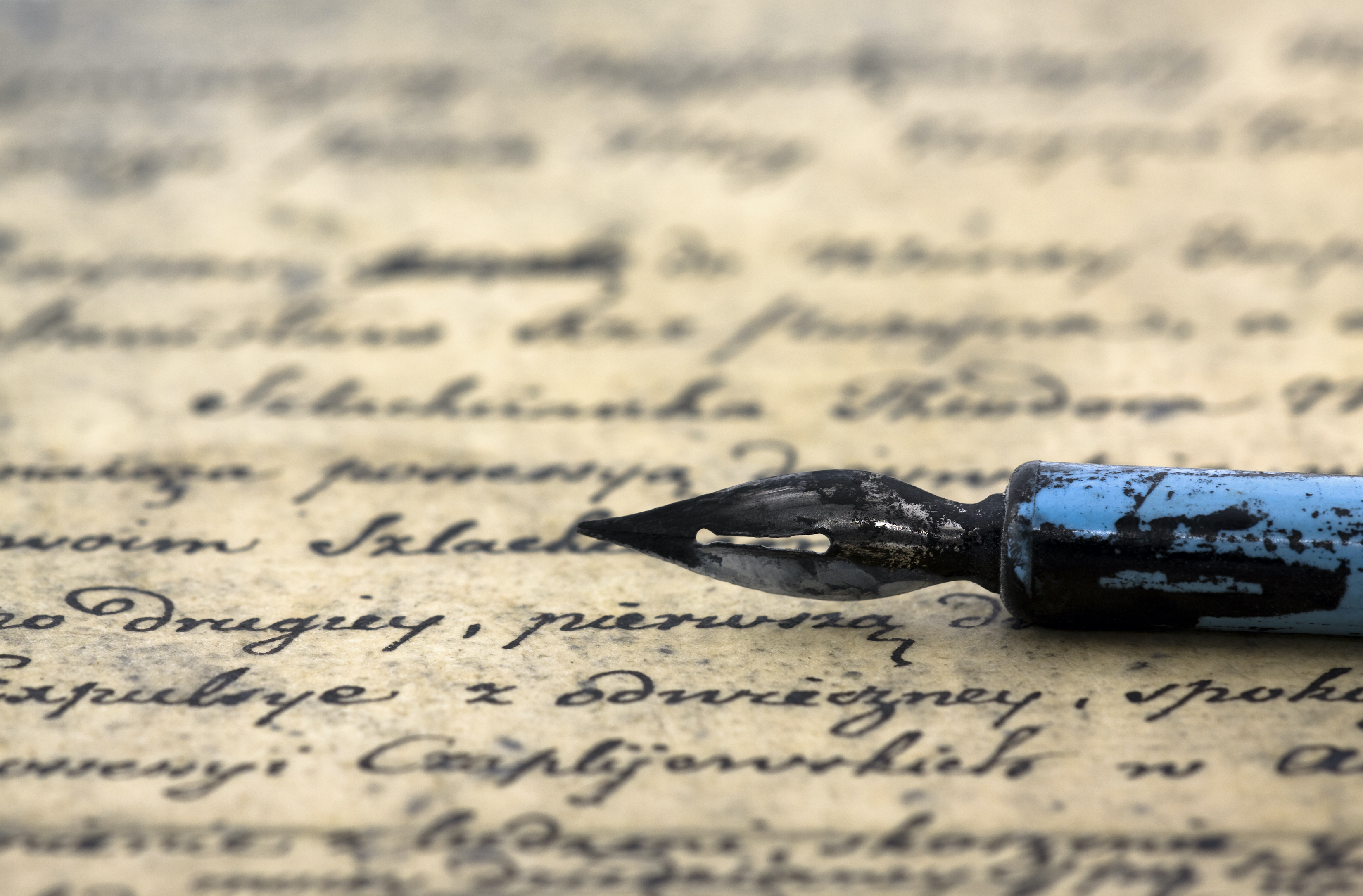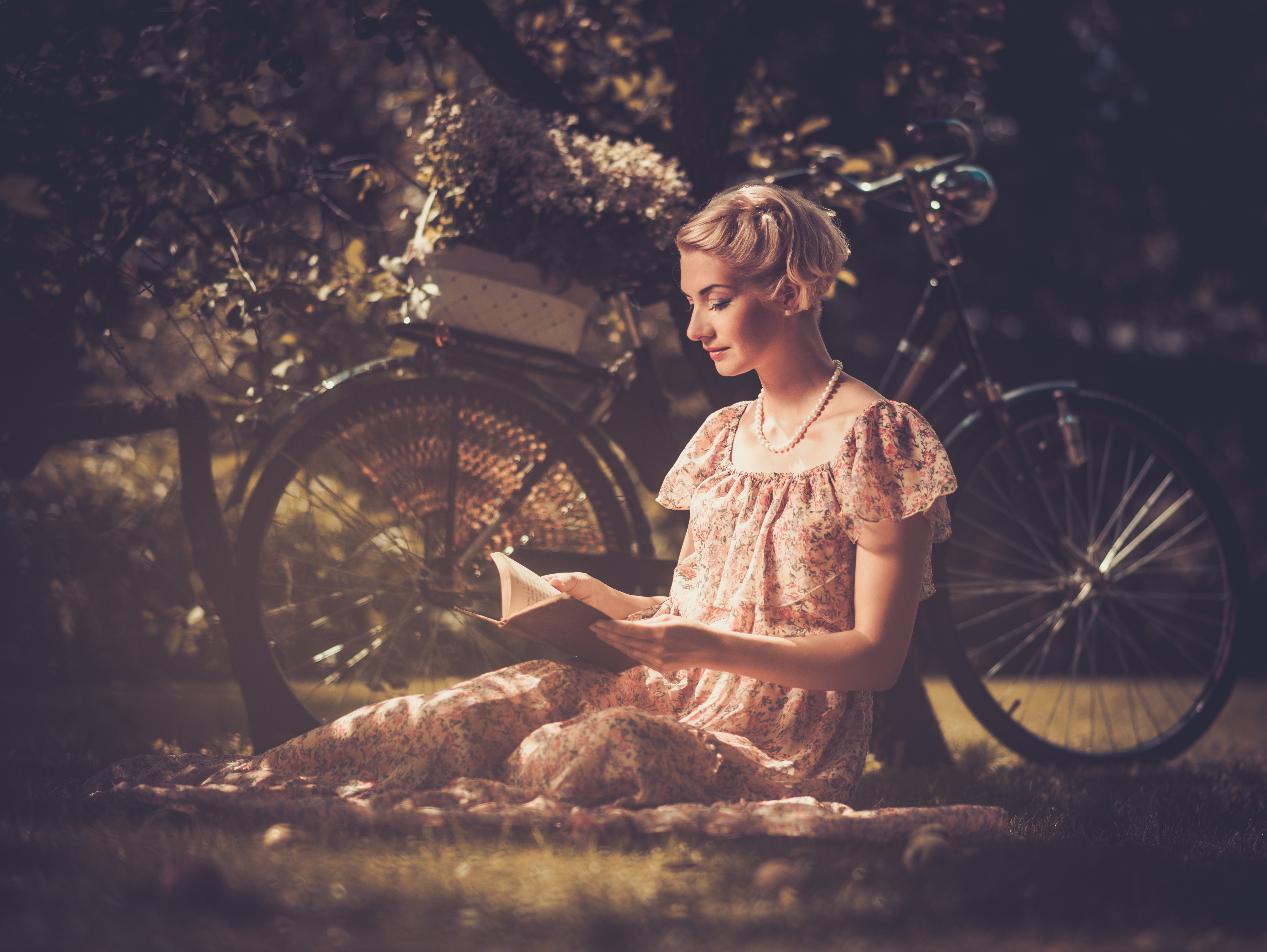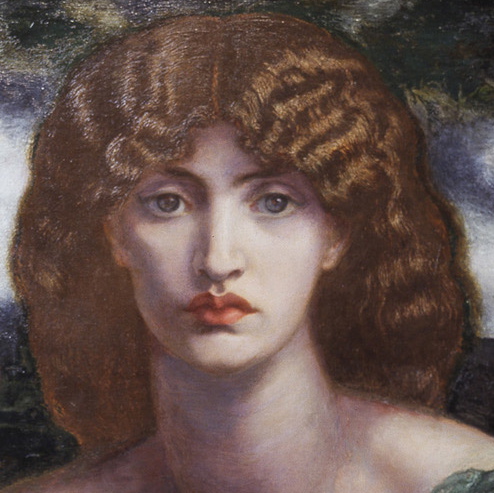One experience many poets have is their friends, when in extremis, suddenly asking for a poem. Why do people go for poems at funerals, at weddings, at really important moments of their lives? Poetry encapsulates feelings in a really memorable way which is simple but also complex. It speaks to the simplicity of the five senses, but also the subtlety and complexity of our thoughts and feelings. It does so through rhythm, through how things hang together. It also does so through mystery; quite often you will be hooked by the mystery of a poem. You don’t know quite why you like it, but you want to hear it again. Poetry opens doors to rooms that you will never wholly see nor wholly understand, but you always want to go further in.
The power of poetry in our lives
Professor of Poetry
- We often turn to poetry at important life moments because it encapsulates feelings in a memorable way which is both simple and complex.
- The power of poetry often lies in its ability to express universal feelings through the particular.
- Poetry is a marriage of sound and sense, with key elements like rhyme, metre and rhythm.
Opening doors

Photo by Jakub Krechowicz
Knife and fork
Poetry can phrase your own experience; it makes you feel you are not alone. After 9/11 in New York, thousands of people went to poetry readings. It was a way of finding meaning in your own experience more profoundly than you could articulate yourself.
There are two elements in poetry: self-expression of the poet and communication. The poet Philip Larkin said that there is a knife and fork aspect to poetry. The fork spears a particular emotion, identifies it and puts it on the plate, and the knife wants to cut it up in pieces and look at it. The fork is also a way of presenting it to the reader, a form of communication. The way that poetry does this is through its own craft.
The universal through the particular
Craft is where the technicalities come in, and where you begin to think about whether a poem is good or not so good. It’s very subjective. You have elements of taste and elements of experience. The more experienced you are in reading poems, the more you might come to prefer subtler poems, for instance. While they’re not rules, the elements of craft are tried and tested tools for you to use. These include rhyme, metre, rhythm and not wanting to repeat a word. It’s recognising that the universal feelings we all share – feelings about the world, nature, fate, death and mourning – are best reached and best offered to other people through the particulars.
If I write a poem about my mother dying, that is something that I can offer to you. I could talk about what happened as we were around her on her deathbed, or how I put snowdrops in her hands. That will touch you much more than me saying: it’s very sad when your mother dies. Poetry does not want to be didactic. It doesn’t want to tell you something. It wants to show you something and suggest what you yourself might bring to this experience.
Becoming better readers

Photo by Nejron Photo
Samuel Taylor Coleridge thought that there were different types of readers. There were people who enjoy the experience, people who analyse the experience, people who let the experience wash over them and then forget it all. Yet, you could always learn to be a better reader. You learn how to read poetry by doing it. You start by not worrying whether you understand it or not.
My best example of this is when I first went into a tiger forest. I wrote a book about tiger conservation. It’s very rare to see a tiger, just as it’s rare to see the whole meaning of a poem. But when you go into that forest, you know that everything you see – every leaf, every bird, every little mongoose – is somehow related to that big thing you want to see, which is the tiger. The tiger is, as it were, the meaning of a tiger forest.
When you go into a poem, you let your feelings about what the words are doing together wash over you. Then you start to think: why has the poet put this word before that word? Why is that word at the end of the line? The end of the line is very powerful. You start to analyse what effect the words in that particular order have upon you, and what the poet is doing to make the feelings serve the sense. Poetry is a marriage of sound and sense, and we all respond to that. When we first learn language, we try to make sense of the words we hear around us from our parents and then we try to reproduce them.
The difficulty of poetry
Poetry in Western culture today is very different from what it was 200 years ago. When Tennyson and Keats were writing, everybody had the same sort of education, though they might have more or less of it. These poets were writing for people who had the same experience.
This is very different today. We might find poetry difficult because it says things that we don’t know about, or it says things in a way which we find complicated, but actually, we are difficult. We are extremely difficult creatures and we live in a difficult life. You could argue, why should poetry be less than we are? Poetry is a very broad church. It’s one of the really thrilling things of poetry today that there are so many sorts of poetry, so many verses, so many voices.
Starting a poem
I recently had a commission to respond to Keats’s “Ode to a Nightingale”. It’s a wonderful poem. It came out of his terrible experience of watching his own brother die of tuberculosis, listening to a nightingale and comparing the bird to himself. The bird is free and can sing.
I was thinking about how to approach this. One night I couldn’t sleep. It was half-past two in the morning. Suddenly, outside the window, I heard a bird sing. It was a robin. How could it be singing at half-past two in the morning? I listened to it for quite some time. That gave me the origin of my poem “Night Singing in a Time of Plague”. This was during lockdown, and the idea of poems in a time of plague go back 500 years in the English canon. I was thinking so much about Keats and how he writes, “Darkling I listen.” That seemed to sum me up, sum us all up in this moment of lockdown, listening to nature outside us, knowing that there is terrible suffering, loss and mourning in the world.
I began that particular poem by talking about the experience of the world outside me: the flats across the road where I saw a light come on, which meant somebody else couldn’t sleep; the darkness of the night; the song of the bird; and how it made me think of other countries and better times, following Keats’s poem in that way. That was the origin of the poem. Then I had to sculpt it.
Gathering and sculpting

Mnemosyne by Dante Gabriel Rossetti, 1881. Wikimedia Commons. Public Domain.
When you write a poem, first you gather your material, and that comes from the experience itself. The mother of the Greek muses, the origins of poetry, was Memory. Very often, you are remembering an experience. I was remembering that experience and gathering all sorts of things when I sat down to write the poem the next day.
You’re collaging but then comes a moment when you’ve got your stuff and you have to refine it. You become a sculptor, like Michelangelo, chipping away to get the image inside the stone. That is the moment at which your technique and craft really come into play.
You think: I’ve said that word before, I don’t need that twice. Every time you repeat a word, you are lessening its impact. Why don’t I put that word at the end of a line? That is where it gets most emphasis. I don’t need this abstract noun; it’s much better to show something through an image than to tell something through an abstract noun. Let’s get rid of all these adverbs. They clutter it up; they tell the reader how to feel. Let them see what is happening. What about the rhythms, the lines? That doesn’t feel right, it’s too bumpy. So, those elements of craft are the ways in which you chip away to just leave the poem, always remembering that less is more.
Discover more about
the craft of poetry
Padel, R. (2020). Beethoven Variations: Poems on a Life. Chatto & Windus.
Padel, R. (2008). The Poem and the Journey: 60 Poems for the Journey of Life. Vintage.
Padel, R. (2004). 52 Ways of Looking at a Poem: A Poem for Every Week of the Year. Vintage.